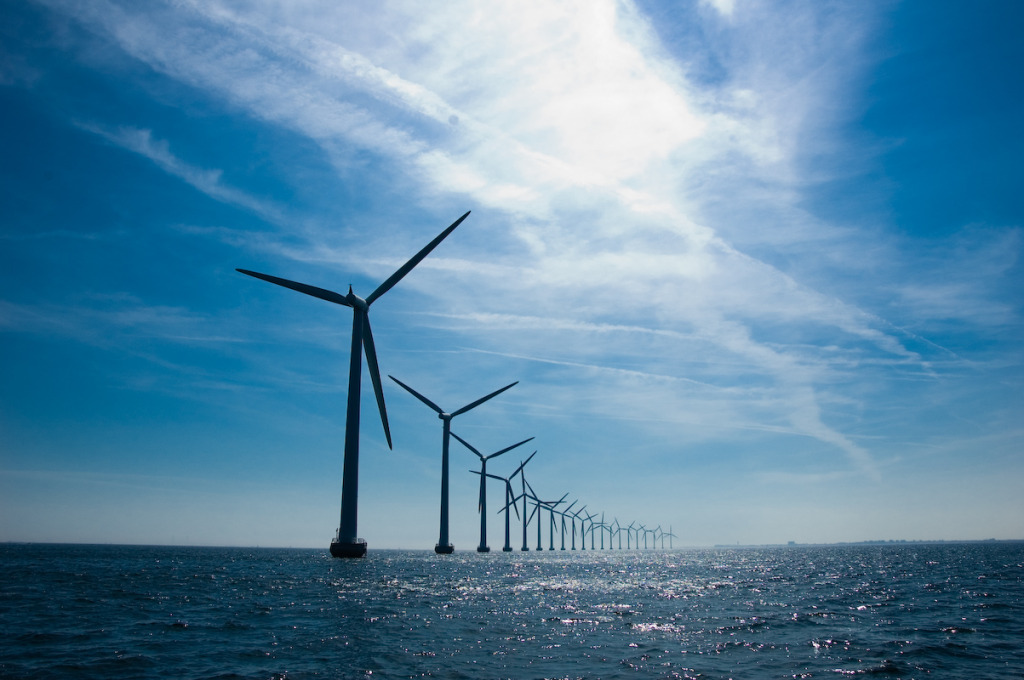
Wind and solar power are growing by leaps and bounds. Both are playing an increasingly large role in the electricity grid. But as their roles increase, so does a troublesome vulnerability: utilities cannot control when the sun shines or the wind blows. So how can we become dependent on wind and solar power?
The answer is technology designed to store the energy produced by these clean power sources. Energy storage for the grid has long been a desirable goal, but has been limited by both technical and economic problems. That may finally be changing.
In a report published this fall, the consulting firm Navigant Research estimated that over 360 megawatts of new energy storage projects, enough to power tens of thousands of homes, have been announced globally during just the past year.
These projects range from massive lithium-ion battery installations in the California mountains to giant compressed air caverns under the Utah desert.
Another research report projects that global energy storage installations will be increasing by 5 gigawatts annually by 2017. In the US alone, there’s 104 energy storage projects in the planning and construction phases.
Large-scale energy storage faces many hurdles: improvements in reliability and safety, regulatory and market changes, and especially cost. Nevertheless, there is a groundswell of support for storage technology. Several states including New York, California, Washington and Hawaii are pushing for big storage plans.
As wind and solar power become cheaper, their use will continue to grow. If we can store their output for use when we need it, there will be an entirely different electricity grid.
**********
.
Web Links
Innovations in Energy Storage Provide Boost for Renewables
Photo, posted August 5, 2007, courtesy of Andreas Klinke Johannsen via Flickr.
.
Earth Wise is a production of WAMC Northeast Public Radio.
